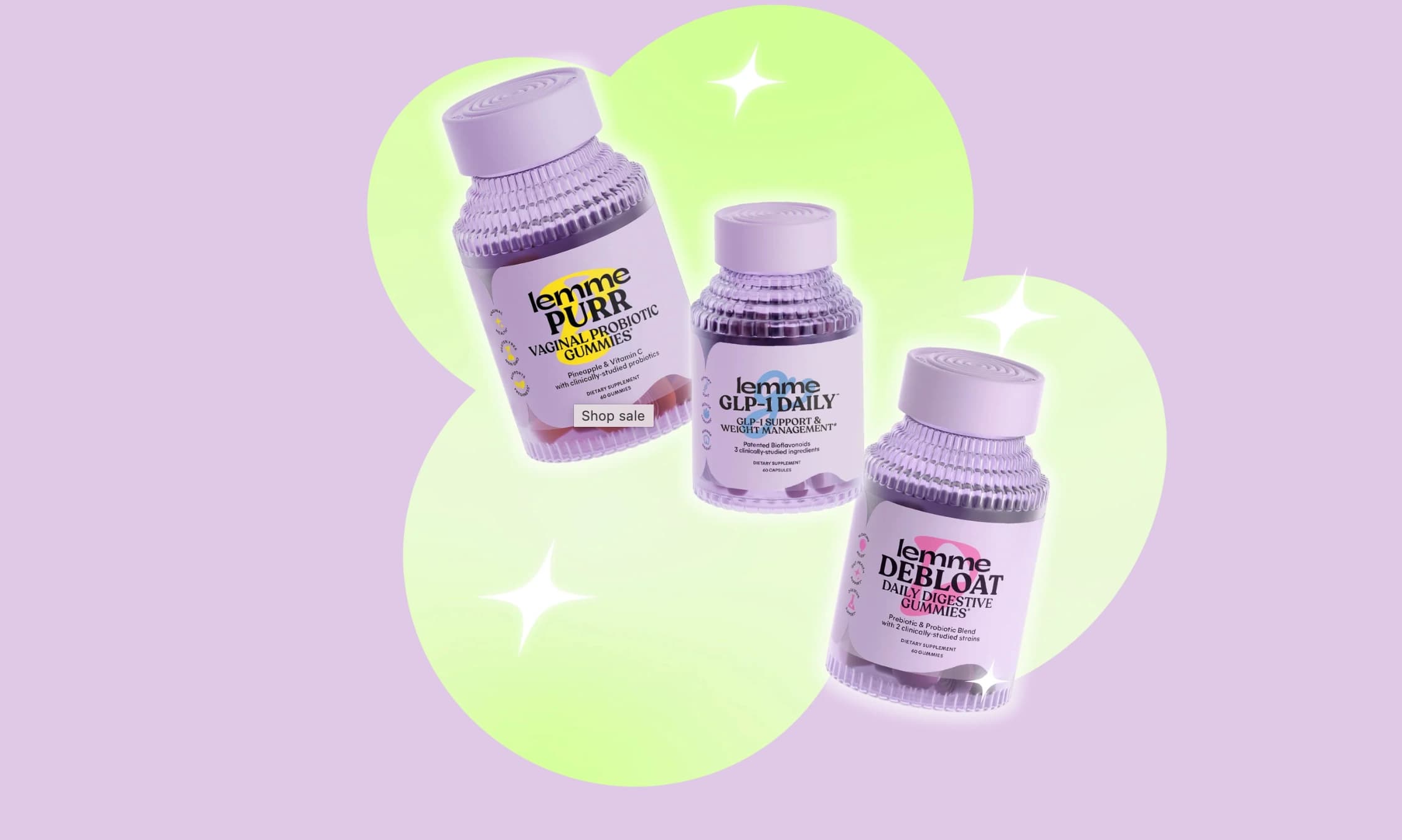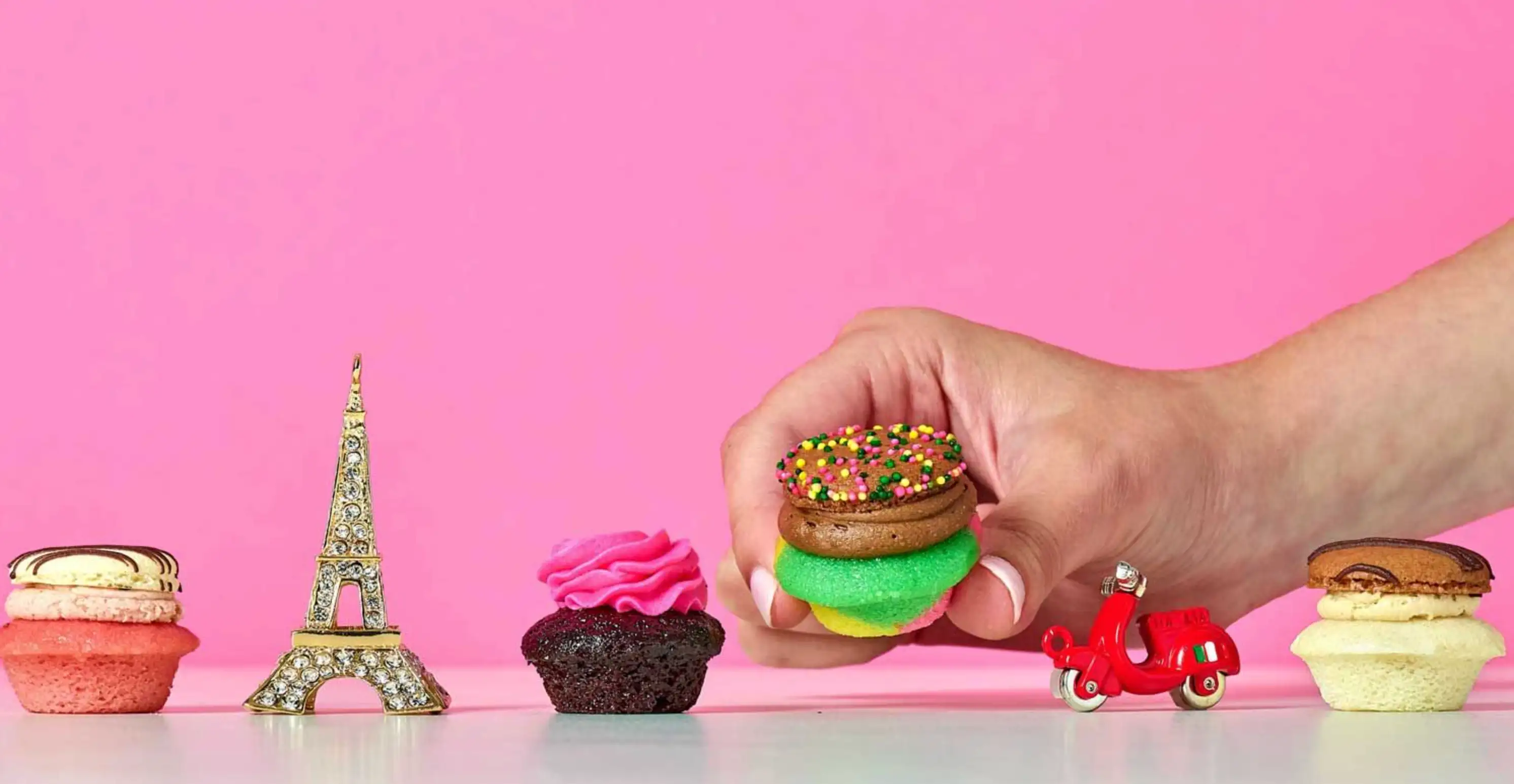The Rise of the Stanley Tumbler: From Outdoor Classic to TikTok Sensation
Updated on
Published on

The Stanley brand, founded in 1913 and owned by Pacific Market International, was originally revered for its rugged, steel-insulated bottles designed for outdoor workers. In 2020, the company made a pivotal strategic shift to spotlight the Quencher tumblers—sleek, straw-fitted, handle-equipped, and offered in vibrant colors. This pivot unlocked mainstream appeal and marked the moment how the Stanley Tumbler went viral, transitioning from utilitarian gear to lifestyle staple.
- Heritage brand reimagined through functional design and color innovation.
- The Stanley tumbler owner (PMI) repositioned IKON product for modern audiences.
How the Stanley Tumbler Went Viral
Viral momentum hit when The Buy Guide, an influential product review blog, spotlighted the tumbler’s durability and charm with a simple mantra: “Just trust.” Within days, Stanley sold 10,000 units. User-generated social content—like TikToks of tumbler survival in car fires and morning coffee routines—amplified its social buzz and secured its status as a cultural phenomenon.
- Influencer-driven sales launched mass popularity.
- Viral UGC stories propelled the tumbler to digital stardom.

Marketing Strategies: Listening, Design & Community
Stanley’s marketing mastery came from three core pivots: consumer feedback, colorway diversification, and community empowerment. The brand doubled down with affiliate programs, pastel palette launches, and a robust user-content amplification strategy. These Stanley Tumbler marketing strategies resonate as much today as they did at launch, nurturing brand advocates and creating a vibrant online culture.
- Pastel colorways emerged from active social listening.
- UGC campaigns and affiliate programs fostered a loyal fanbase.
Explosive Revenue Growth
Stanley’s strategic pivot yielded astonishing results: tumblers brought in $70 million in 2019 and skyrocketed to $750 million in 2023. Limited-edition partnerships—like Starbucks, Lainey Wilson, and Olivia Rodrigo—leveraged scarcity and fandom to drive intense seasonal demand. Though sales stabilized slightly in 2024, the resilience of Stanley Tumbler revenue underlines the power of product virality married with smart marketing.
- Sales soared from $70M to $750M between 2019–2023.
- Celebrity collabs amplified collectibles and consumer urgency.

Owner Strategy: PMI’s Stewardship
As the Stanley tumbler owner, Pacific Market International has expertly managed demand and retention. With lightning-fast restocks, a lifetime warranty, and minimal paid advertising, PMI leaned into brand storytelling and quality assurance. Their emphasis on stewardship over splashy campaigns demonstrates that viral success can be sustainable when guided with care.
- PMI emphasizes durability and a lifetime warranty.
- Brand stewardship replaced ad-heavy publicity.
Managing Hype and Crisis
With meteoric popularity came scrutiny. Reports of lead content and a 2024 lid recall tested Stanley’s brand trust. PMI responded transparently—issuing statements, offering replacements, and reaffirming safety standards. This crisis management response reinforces the brand’s long-term integrity and is a key component of any credible Stanley tumbler marketing strategies.
- Recall and safety issues were handled proactively.
- Public transparency helped restore and maintain brand trust.
Expansion Strategies: Beyond the Quencher
Stanley isn’t sleeping on the Quencher’s success. They’re exploring diverse product lines—like travel mugs—while branching into new demographics, including male consumers. Celebrity-designed drops with Post Malone and Lainey Wilson hint at broader lifestyle ambitions, ensuring that both the original design and the brand continue to evolve with audience tastes.
- New product types cater to broader consumer needs.
- Collaborations diversify Stanley tumbler revenue streams.

Sustainability & Social Responsibility Trends
Stanley’s eco-conscious messaging—emphasizing reusable hydration—aligns with modern sustainability values. They’ve stepped up with recyclable packaging, responsible material sourcing, and participation in water-access charities. These initiatives underpin their Stanley tumbler marketing strategies, positioning the brand as both trend-forward and ethically aligned.
- Emphasizes recyclable packaging and sustainable sourcing.
- Partnerships underscore environmental responsibility.
The Social Media Ecosystem
Stanley fuels its growth through TikTok challenges, Instagram unboxings, and creator partnerships. From unboxing routines to tumbler design reveals, the brand leverages micro-communities to ignite macro impact. This digital-first focus—integral to how the Stanley tumbler went viral—underscores the modern brand blueprint: engage, empower, and amplify.
- TikTok and Instagram drives new fan communities.
- Creator collaborations spark incremental brand trust.

Legacy Brands in the Meme Age
The Stanley Quencher highlights how legacy brands can thrive in social-first culture. By staying authentic to their core—durability and practicality—while embracing viral aesthetics and formats, they’ve transformed into a status symbol. Stanley’s evolution offers a playbook for heritage companies aiming to balance tradition with trend without alienating either base.
- Merges heritage values with modern social virality.
- Offers a playbook for legacy brand reinvention.
Why the Stanley Tumbler Keeps It’s Popularity
The rise of the Stanley tumbler proves that product-led virality is no accident; it’s a mix of timeliness, strategic storytelling, responsive design, and authentic brand stewardship. As how the Stanley tumbler went viral, its story reminds us that great products—when positioned correctly—can transcend industries and become cultural icons.
- Product virality hinges on narrative, design, and nurturing.
- The Quencher stands as a modern icon of brand evolution.







